Madagascar travel tips
Madagascar travel tips: Enchanting island nation in the Indian Ocean, known for unique wildlife like lemurs, vibrant landscapes, and diverse ecosystems.
Regions 🌎
Madagascar travel tips. Here is a list of all the regions of the Madagascar.

Analamanga

Vakinankaratra

Itasy

Bongolava

Vatovavy-Fitovinany
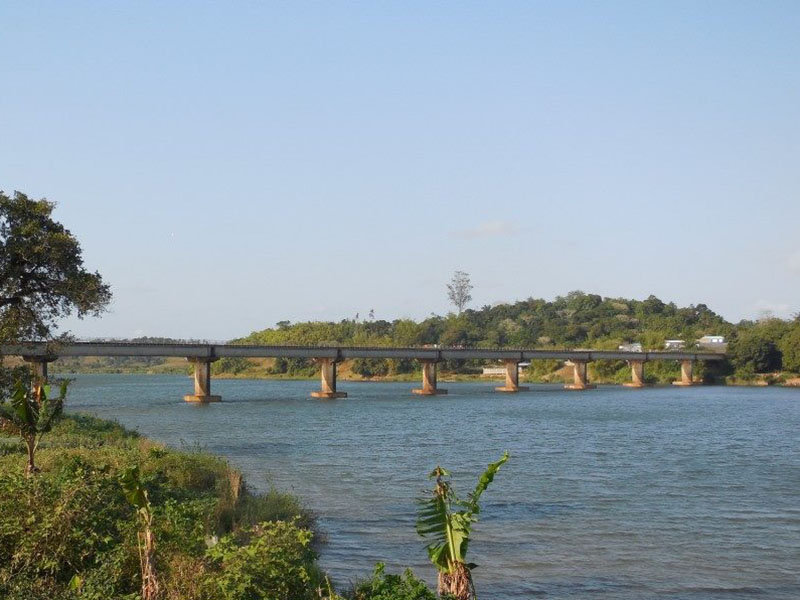
Atsimo-Atsinanana

Ihorombe

Haute Matsiatra

Amoron’i Mania

Betsiboka
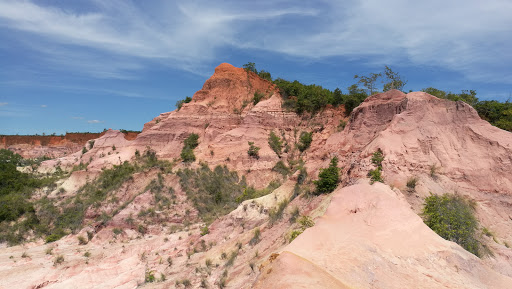
Boeny

Sofia

Diana

Sava

Analanjirofo
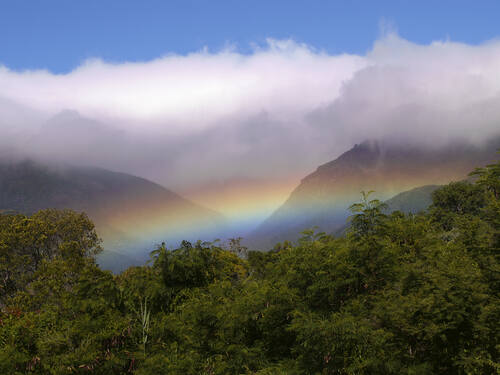
Atsinanana

Aloatra-Mangoro
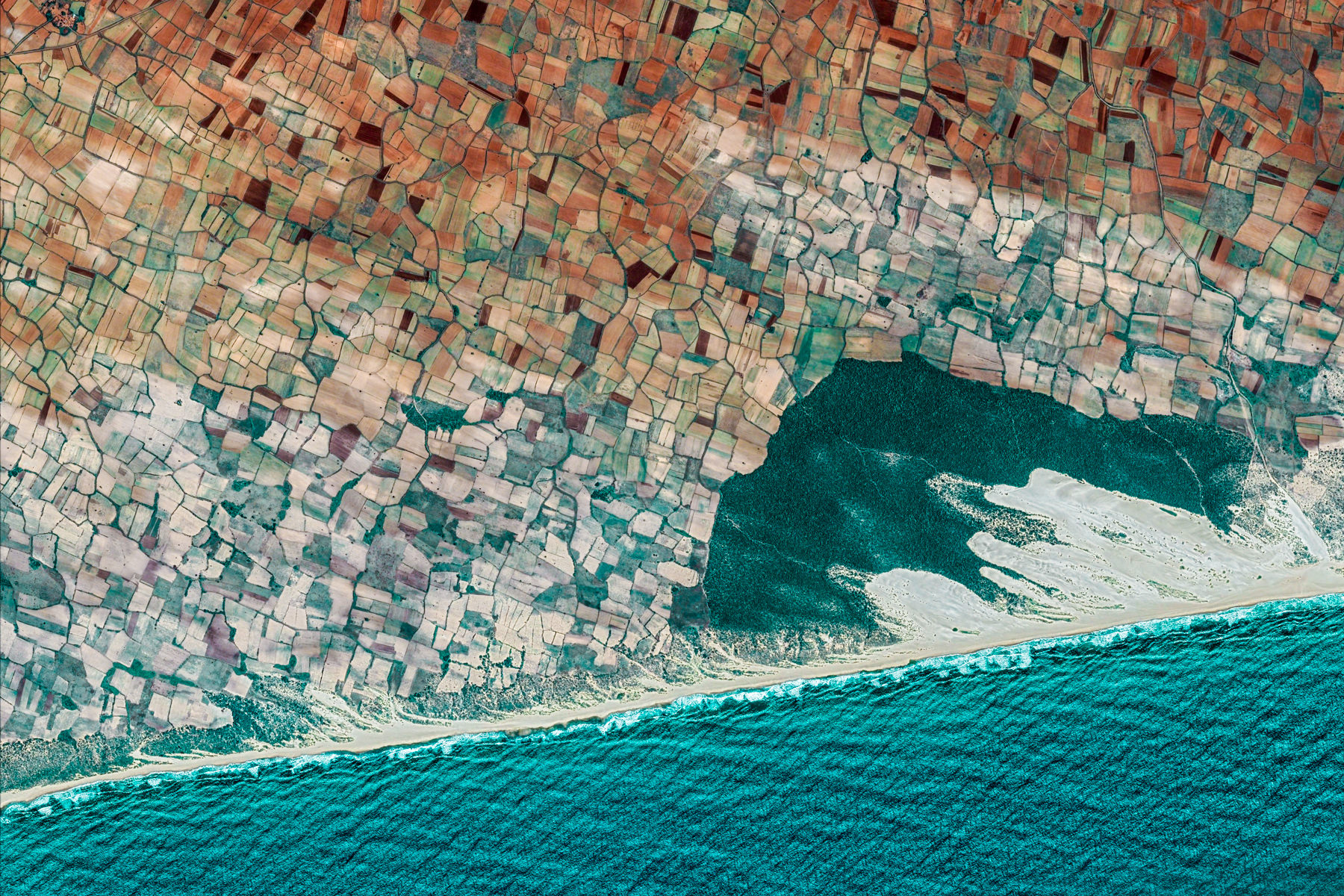
Ambovombe-Androy
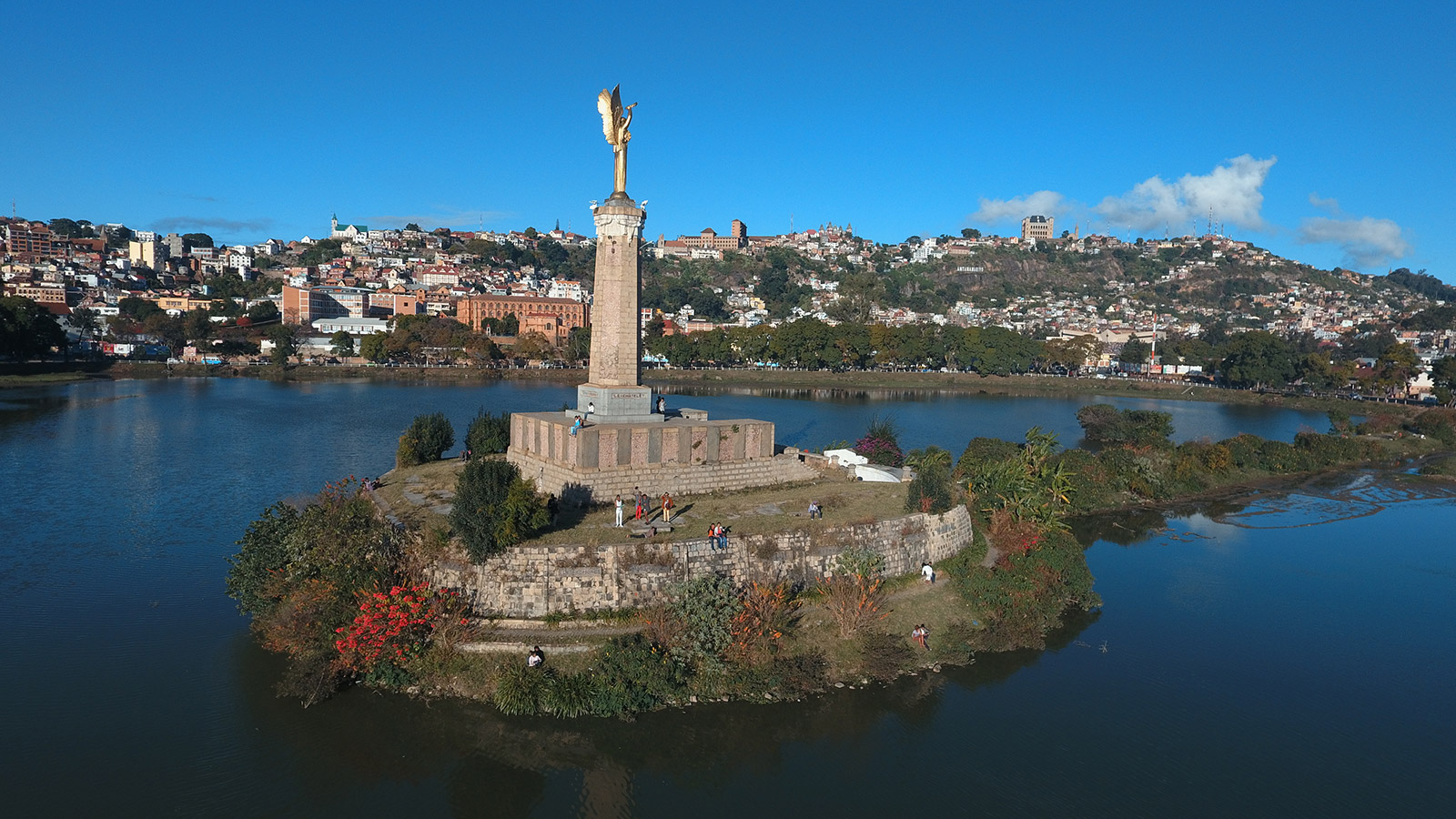
Anosy

Androy
Before you go 🛩
Important information you should know before your trip
Info

Capital | Antananarivo
Flag Codes:
ISO alpha-2 MG,
ISO alpha-3 MDG
Currency
Badge | Malagasy Ariary
CODE | MGA
NUMBER | 969
SYMBOL | Ar
FRACTION | iraimbilanja
Mobile Coverage
Dialing Code | +261
SIM Card
Coverage | 3G / 4G / 5G |
Mobile Networks | Airtel | Orange Mobile | Telma Mobile |

Location
Madagascar is an island nation located in the Indian Ocean, off the southeastern coast of the African continent. It is the fourth largest island in the world. Here are some key details about the location of Madagascar:
Geographic Coordinates: Madagascar is situated between approximately 12 degrees and 26 degrees south latitude and 43 degrees and 51 degrees east longitude.
Island Geography: The island of Madagascar is characterized by diverse landscapes, including high plateaus, tropical rainforests, arid regions, and mountain ranges. The central part of the island features a highland plateau.
Capital City: Antananarivo, often referred to as “Tana,” is the capital and largest city of Madagascar. It is located in the central highlands of the island.
Islands and Archipelagos: In addition to the main island of Madagascar, the country includes several smaller islands and archipelagos in the Indian Ocean, including the Comoros Islands, the Glorioso Islands, and the Îles Éparses, among others.
Indian Ocean: Madagascar is surrounded by the Indian Ocean, with coastlines along its eastern and western shores.
Currency
Madagascar, an island nation located off the southeast coast of Africa, has its own currency called the Malagasy Ariary.
The currency is abbreviated as “MGA,” and its symbol is “Ar.”
As of my last knowledge update in September 2021, the Malagasy Ariary was the official currency used in Madagascar for everyday transactions.
The currency is further subdivided into smaller units known as iraimbilanja.
Banknotes and coins are denominated in various amounts, with the most common banknotes being 100 Ar, 200 Ar, 500 Ar, 1,000 Ar, 2,000 Ar, 5,000 Ar, and 10,000 Ar.
Please note that currency denominations and exchange rates can change over time, so it’s advisable to check with official sources or a reliable currency exchange service for the most up-to-date information on the Malagasy Ariary and its exchange rates.
Languages
The official languages of Madagascar are Malagasy and French. These two languages hold significant importance in the country’s culture and governance.
Malagasy: Malagasy is the native language spoken by the majority of the population in Madagascar. It is an Austronesian language and has several dialects, with Merina, Betsimisaraka, and Sakalava being some of the major ones. The Merina dialect, in particular, is often used as a standard form of Malagasy in education and administration. Malagasy is written in a Latin-based script.
French: French is one of the official languages and is used in government, education, business, and the legal system. It is also the language of instruction in higher education. While not the first language for most Malagasy people, proficiency in French is common among educated individuals.
In addition to Malagasy and French, English is also taught in schools and is becoming increasingly important in international trade and diplomacy.
Climate 🌡
Madagascar, the large island nation in the Indian Ocean, features a diverse range of climates due to its size, topography, and geographical location. Generally, the climate can be divided into several climatic zones:
Tropical Rainforest Climate (Wet Equatorial):
This climate zone is found along the northeastern and eastern coasts of Madagascar.
It is characterized by high temperatures and abundant rainfall throughout the year.
The region experiences heavy monsoon rains from November to April.
Tropical Monsoon Climate:
The eastern and northern coastal areas, including the region around Antsiranana (Diego Suarez), have a tropical monsoon climate.
It has a distinct wet season, with heavy rains occurring from December to March, followed by a drier period.
Subtropical Highland Climate:
The central highlands, where the capital city Antananarivo is located, have a subtropical highland climate.
Temperatures are relatively cooler compared to coastal areas, and there is a clear distinction between wet and dry seasons. The wet season typically runs from November to April.
Semi-Arid and Arid Climates:
The southwestern and southern parts of Madagascar have semi-arid and arid climates, characterized by hot temperatures and low rainfall.
These regions are among the driest in Madagascar, with some areas receiving very little precipitation.
Semi-Humid Climate:
The western coastal regions, including areas around Mahajanga, have a semi-humid climate.
They experience a wet season from November to April and a drier season the rest of the year.
Seasonal Climate:
Madagascar has distinct wet and dry seasons in many regions, which can vary in timing and intensity.
The wet season generally corresponds to the austral summer (southern hemisphere summer), while the dry season aligns with the austral winter.
Cyclone Risk:
Madagascar is susceptible to tropical cyclones, especially in the wet season. Cyclones can bring heavy rains, strong winds, and flooding to the coastal areas.
Madagascar travel tips
If you’re planning a trip to Madagascar, here are some travel tips to enhance your experience:
Visa Requirements:
Check visa requirements before travel; many nationalities need a visa for entry.
Health Precautions:
Consult a healthcare professional for vaccinations and anti-malarial medications.
Wildlife:
Explore national parks for unique wildlife, including lemurs. Follow park rules to preserve the environment.
Island Hopping:
Discover the diverse landscapes of Madagascar’s islands, each offering a unique experience.
Transportation:
Zebu carts, taxis, and local buses are common. Domestic flights connect major cities; book in advance. View Guide.
Cultural Events:
Check for local festivals and events, providing a deeper understanding of Malagasy traditions.
Health Insurance:
Ensure travel insurance covers medical emergencies; medical facilities can be limited in some areas.
Enjoy your time in Madagascar!

The best of the best
Madagascar’s cuisine reflects the island nation’s diverse culture and the influence of various ethnic groups, including the Merina, Betsimisaraka, Betsileo, and others. Traditional Malagasy cuisine features a variety of ingredients and flavors, often combining local produce, rice, and spices.

Rice (Vary)
Rice is a staple food in Madagascar and is consumed with nearly every meal.
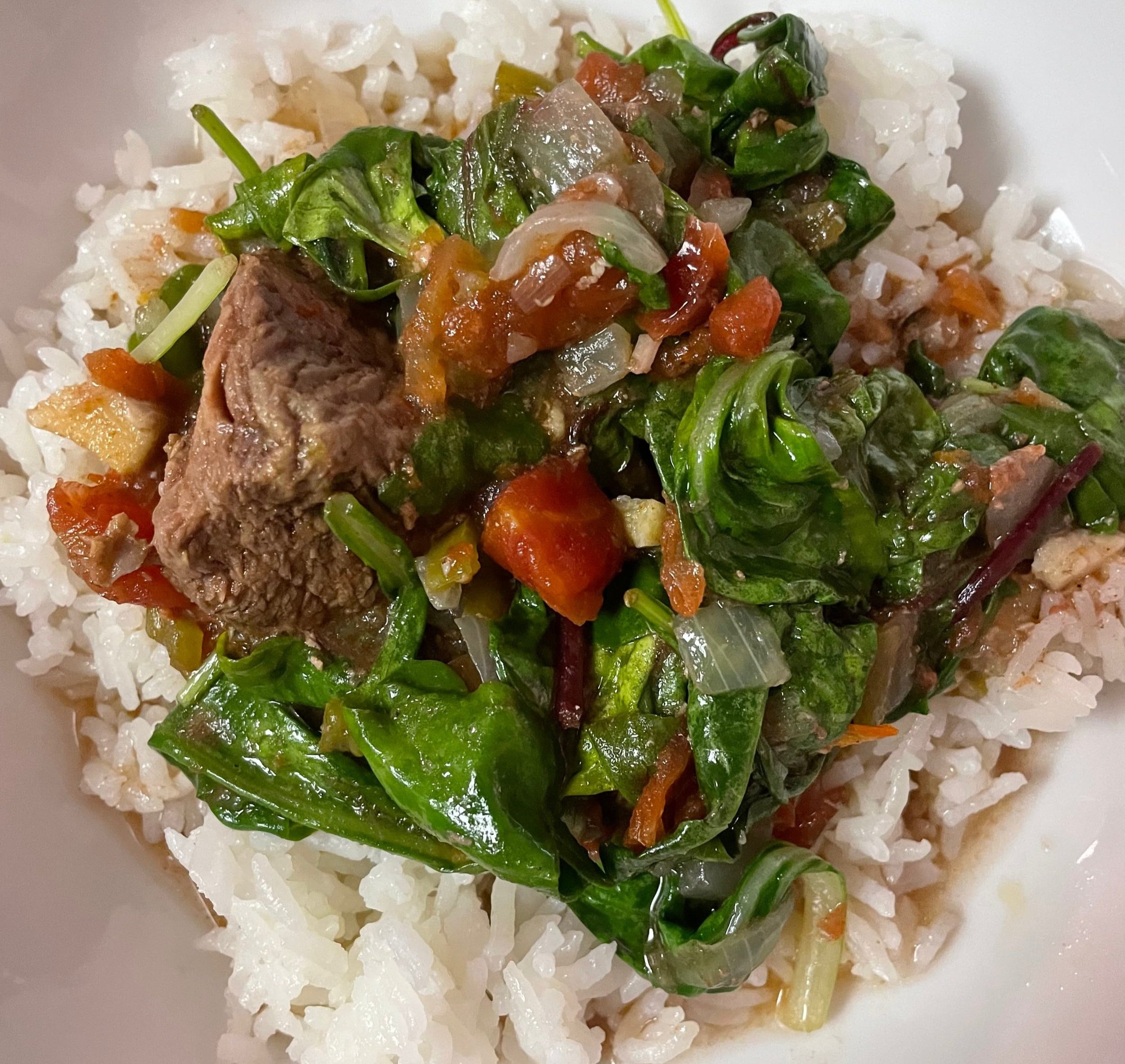
Romazava
Romazava is a popular Malagasy dish made with leafy greens (often spinach or watercress), meat (commonly beef, pork, or chicken), and crushed peanuts or groundnuts.
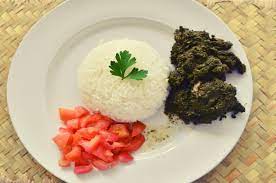
Ravitoto
Ravitoto is a dish made with cassava leaves, usually cooked with pork or beef and flavored with garlic, ginger, and sometimes coconut milk. It’s often served with rice.
Here are some typical foods of Madagascar:
Laoka: Laoka refers to side dishes or accompaniments served with rice. These can include various preparations of vegetables, legumes, and meats, such as zebu (a type of cattle) or chicken.
Koba: Koba is a popular Malagasy snack or dessert made from ground peanuts, rice flour, and sugar. It has a sweet and slightly chewy texture.
Mofo: Mofo means “bread” in Malagasy, and there are various types of mofo prepared across the country. Mofo gasy is a common type made from rice flour, often served with coffee for breakfast.
Zebu: Zebu meat (beef from humpback cattle) is a common source of protein in Madagascar. It is used in various dishes, including skewers (brochettes) and stews.
Akoho sy voanio: Akoho sy voanio is a traditional Malagasy dish made with chicken and coconut milk. It is often served with rice or cassava.
Sambos: Sambos are a Malagasy version of samosas, typically filled with vegetables, meat, or fish and deep-fried until crispy.
Betsa-betsa: Betsa-betsa is a Malagasy dish made with pieces of beef or zebu, marinated and grilled over an open flame. It’s similar to skewers.
Tsakitsaky: Tsakitsaky is a popular snack made from toasted peanuts coated in caramelized sugar, resulting in a sweet and crunchy treat.
Madagascar’s cuisine reflects the country’s rich cultural diversity and the availability of local ingredients. Meals are often communal, and traditional cooking methods are still prevalent, with wood-fired stoves and open-flame grilling being common in many households.
Transportation 🚥
More information about this country
Choose your destination 📍🗺
Useful Links ✅



